Two BAe146 Mk.3 aircraft operated by 32 (The Royal) Squadron have been adapted to transport critically ill patients and RAF medical staff for the first time, say the Royal Air Force in a news release.
Wing Commander Jo Bland is Officer Commanding Tactical Medical Wing, she was quoted as saying:
“This has been an amazing achievement in all areas bringing together 32 (TR) Sqn residual capacity, Tactical Medical Wing’s aeromedical evacuation (aeromed) capability and the design, production and engineering skills of Joint Air Delivery Test & Evaluation Unit. This project embodies the very spirit of Astra; using existing military aircraft in a dual-hatted role and optimising use of key Defence assets. TMW have never delivered aeromed on the BAe146 in this manner before and it has been achieved at zero cost and in record time by smart use of pre-existing, available assets.”
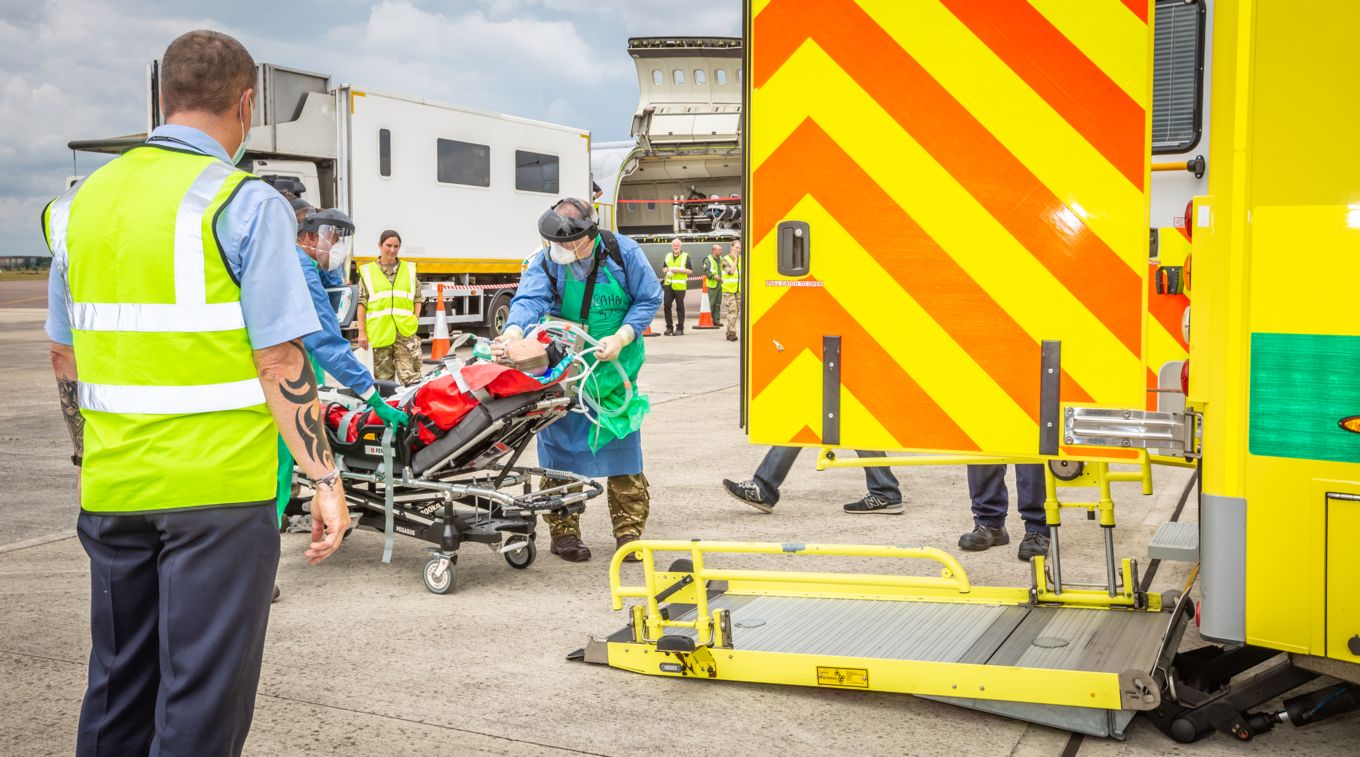
The RAF also say that the Astra Programme aims to encourage innovation across the RAF. Personnel from TMW and 32 (TR) Sqn looked at the options for using the BAe146 on the 1st of April and concluded that stretcher stanchions already in use on Voyager could potentially be affixed to pallet flooring inside the aircraft.
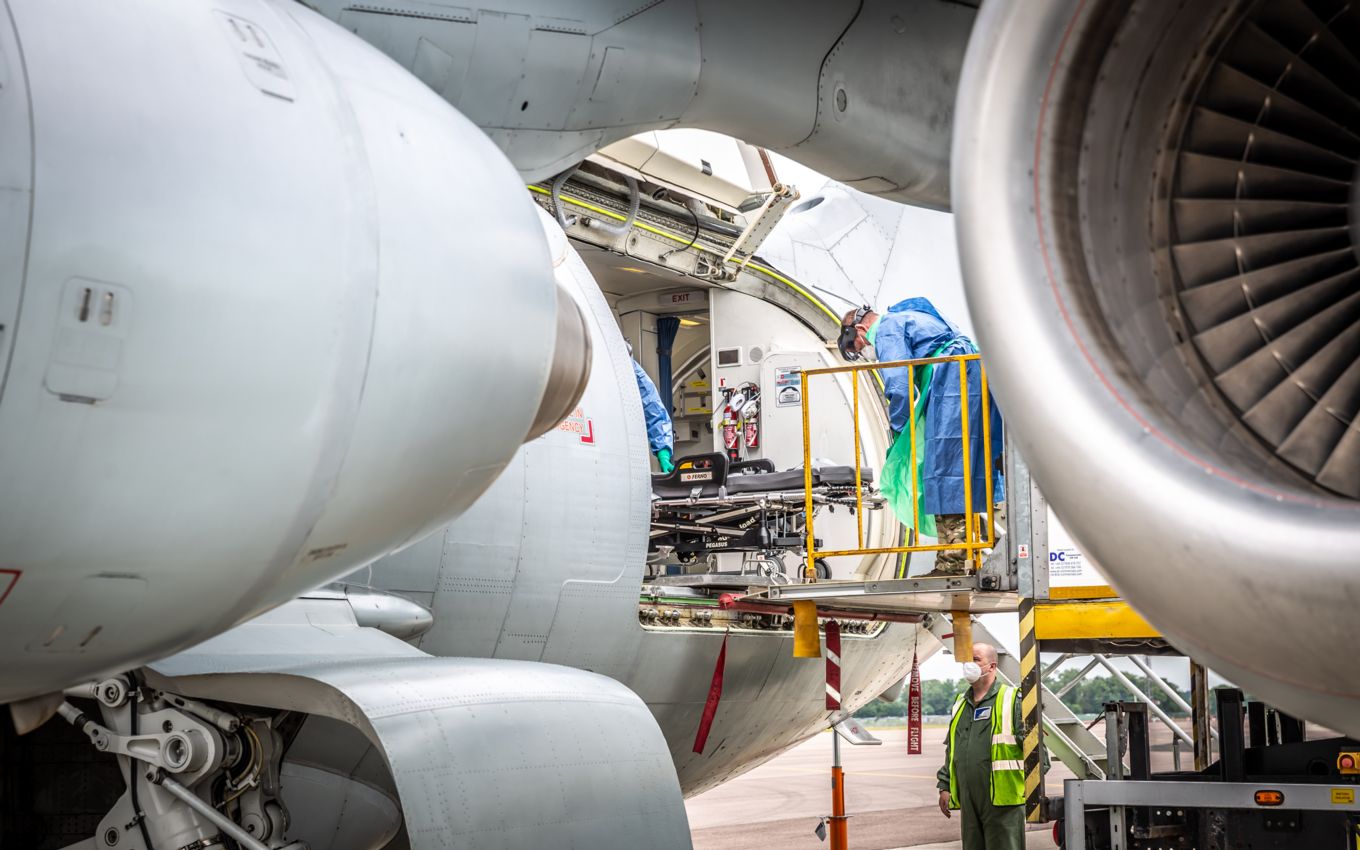
“The engineering task was passed to the Joint Air Delivery Test & Evaluation Unit (JADTEU) at RAF Brize Norton who swiftly designed and produced a cleared and serviceable solution. Within a fortnight the adaptation was ready for prototype trials which determined the adaptations were suitable for all types of aeromed, including use by the Critical Care Air Support Team. Following some crew training the BAe146 was declared available for use in its new role some two months after the initial request.”
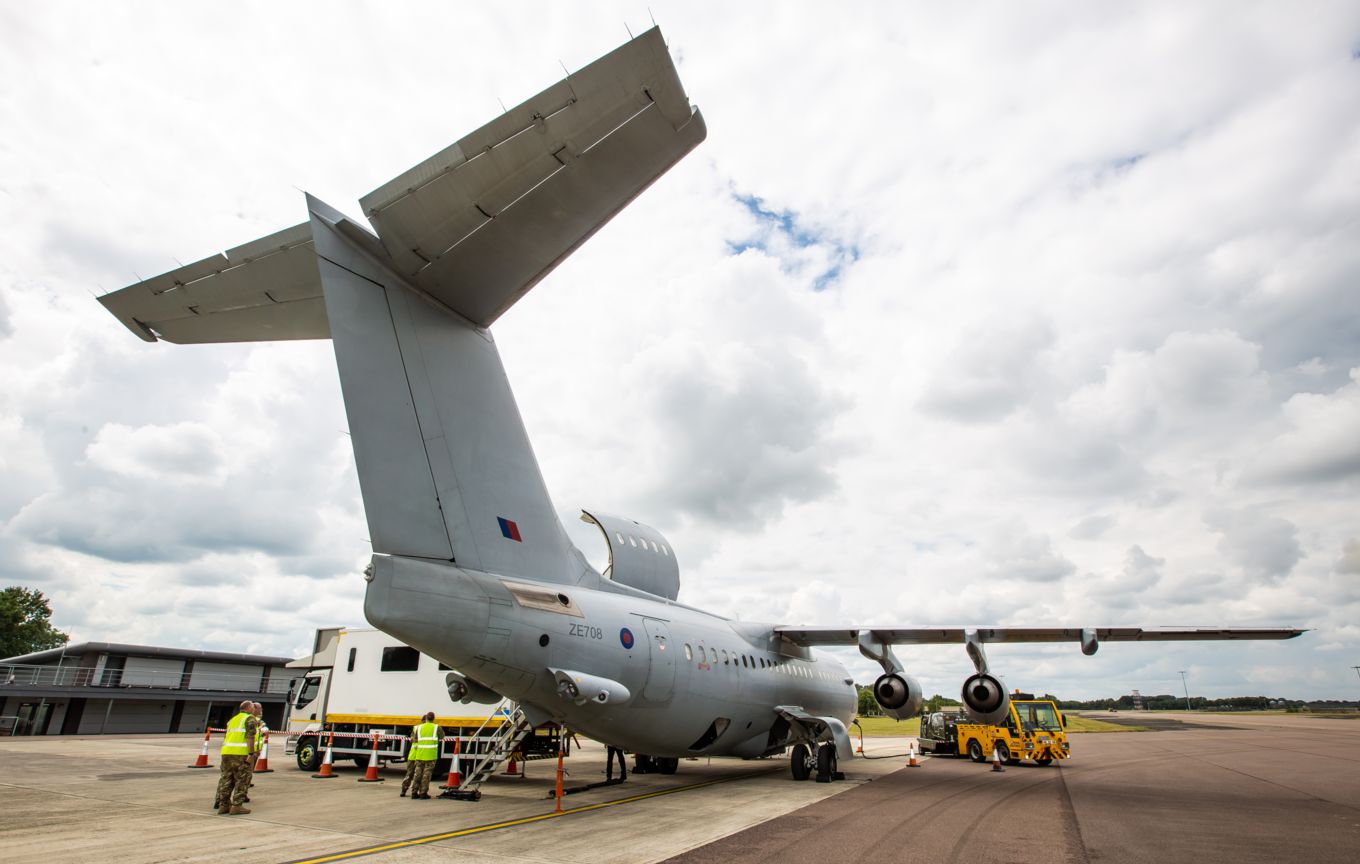
In addition, Atlas, Hercules, Globemaster and Voyager are all able to transport patients and medical personnel, similarly Puma and Chinook helicopters.
The addition of the BAe146 allows greater flexibility as Wing Commander Bland explained:
“The advantage of the BAe146 is that it can land at airports where Voyager can’t due to its smaller size and footprint. It suits our purposes brilliantly for short hops which can be completed at less cost and with less impact on the environment.”



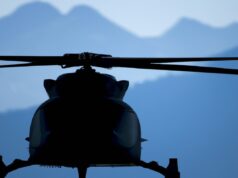
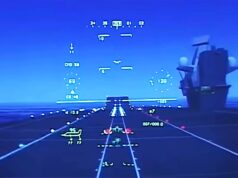
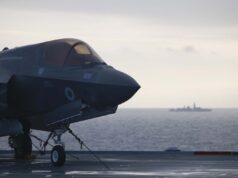

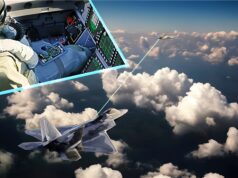
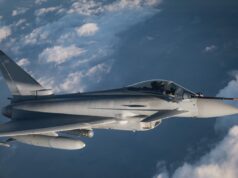
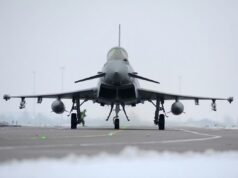
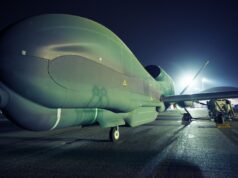

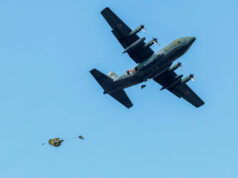

Interesting, as the RAF have announced these aircraft are to be withdrawn from service?
Yeah I thought that too, and with all the other medical assets like the Hercules I’m surprised, but pleased as I like the 146
Why didn’t the 146 make more of a market impact? Was it the four engines?
387 built, quite an “impact”?
The 146 could have been a great little millitary transport plane for export, with a couple additions and maybe larger body. Shame we don’t make any large Whole planes anymore in the UK.
They actually designed a rear ramp dedicated tactical military transport 146, but sadly it never went into production.
It could have been really something special and possibly sold in the hundreds…
Alas, this is the story of a lot of British industry since the war….what might have been!
Yeah it sucks, we have the tools and brains but the money’s not there!!
Sounds great John the rear ramp tactical role
Congratulations to RAF bofffins! Best of British flexibility!
I wonder if this an RAF initiative to point out to government the value of these aircraft. It didn’t cost anything as it utilised internal capability and existing equipment. This was an opportunity to stick two fingers up to the MOD!
Yet another use for the 146. So that’s Firefighting air tanker, private jet, commercial passenger transport, cargo, military cargo, unpaved strip capability, electric flight demonstrator for Airbus(sadly now abandoned) and now medical transport. Not bad for an air frame that had no future so was phased out.